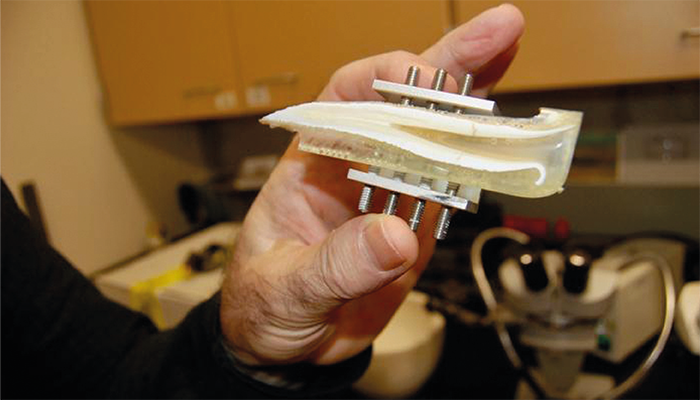
Strontium isotopes in tooth enamel have provided a new way to trace the movement of large herbivores across landscapes, thanks to a study led by University of Utah geologists. By analyzing the teeth and tusks of a zoo elephant named Misha, researchers refined a technique that could be applied to both modern conservation efforts and the study of extinct species such as mammoths and mastodons.
"Our study not only adds to our understanding of how tooth enamel records an animal's Sr isotope exposure but also helps to reconstruct animal migrations," said lead author Deming Yang in a press release. "It can be applied to studies of paleobiology, to answer how megaherbivores migrated in the past. It can also be applied to studies of modern conservation and forensics, to trace the origins of illegal ivory trade and other forms of wildlife trafficking."
Misha, an African savanna elephant, lived in several zoos before her death in 2008. This well-documented relocation history provided a rare opportunity to study how isotopic signals in her teeth reflected changes in her environment. The research team analyzed Misha’s tusk and molar enamel to understand how strontium isotope ratios (⁸⁷Sr/⁸⁶Sr) accumulated over time.
"As animals eat and drink, they pick up this environmental signature and store it in their teeth, preserving a series of environmental exposures like historic archives," Yang explained. The ratio of different strontium isotopes varies with geological conditions, allowing researchers to track where an animal has lived based on the isotopic signature locked into its teeth.
To investigate these strontium signals, the team used several microsampling techniques. Laser ablation inductively coupled plasma mass spectrometry (LA-ICP-MS) provided high-resolution spatial data, revealing fine-scale variations in strontium isotope ratios across Misha’s enamel. The researchers also employed conventional drilling and micromilling, though these methods averaged out signals, making them less precise than the in-situ laser analysis.
"We determined the strontium isotopes from the top to the bottom of the tooth in different parallel lines, and those represent different times in the growth of Misha," said geologist Diego Fernandez, who operated the University of Utah’s mass spectrometry lab. "It captured the time where Misha was moved from California to Utah."
The innermost enamel layer preserved the most accurate record of Misha’s environmental transitions, while outer layers showed some signal attenuation due to mineralization processes.
"This research was both exciting and challenging: sampling ivory required extreme precision, as even minor contamination could alter results, and isotope purification is a meticulous and time-consuming process," said Katya Podkovyroff, a study co-author. "The most rewarding aspect of this project was its broader implications beyond a single case study: it has applications in modern conservation efforts, with the ability to trace the origins of illegal ivory trade."




